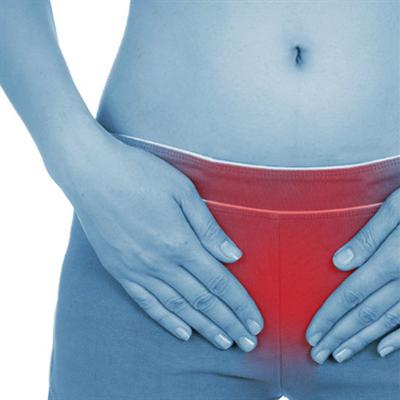The central symptoms of facial paralysis
summary
Central facial paralysis can be caused by damage of any part of the ascending pathway of the facial nucleus, and the most common damage is the internal capsule. The possible causes are: occlusion of internal carotid artery system, especially occlusion of main and branches of middle cerebral artery, intracranial hemorrhage caused by hemangioma or hypertensive vascular disease, and intracranial tumor. Is the symptom of facial paralysis central? Let's talk about it
The central symptoms of facial paralysis
The facial expression muscles below the palpebral fissure of the opposite side were paralyzed, and the eyebrows above the palpebral fissure could be wrinkled, raised, closed, the height of eyebrows and the size of the palpebral fissure were the same as those of the opposite side. The frontal fold is equal to the lateral depth.

In the case of central facial paralysis, facial asymmetry is not obvious, and it is very rare for facial spasm. Central facial paralysis is often accompanied by other signs of hemiplegia, such as abnormal tendon reflex, Babinski's sign, etc.

It is often accompanied by facial paralysis, ipsilateral limb paralysis, abnormal tendon reflex, Babinski sign, etc. No taste, tears, saliva secretion disorders, hearing no significant changes. The muscles in the lower part of the face were paralyzed, such as buccinator muscle, opening muscle of mouth, orbicularis oris muscle and so on. Therefore, the nasolabial groove of this side became shallow when the patient was in the static position, the mouth angle drooped, and the mouth angle tilted to the healthy side when he was showing the teeth.

matters needing attention
Avoid overwork. We should seek medical treatment as soon as possible. The most obvious feature of patients with facial paralysis is the oblique mouth, if the face is numb and so on, and relieve psychological pressure, the incidence rate of these diseases in China has been increasing gradually in the past 10 years. Patients should face the work and life with an optimistic and gentle mental state.















